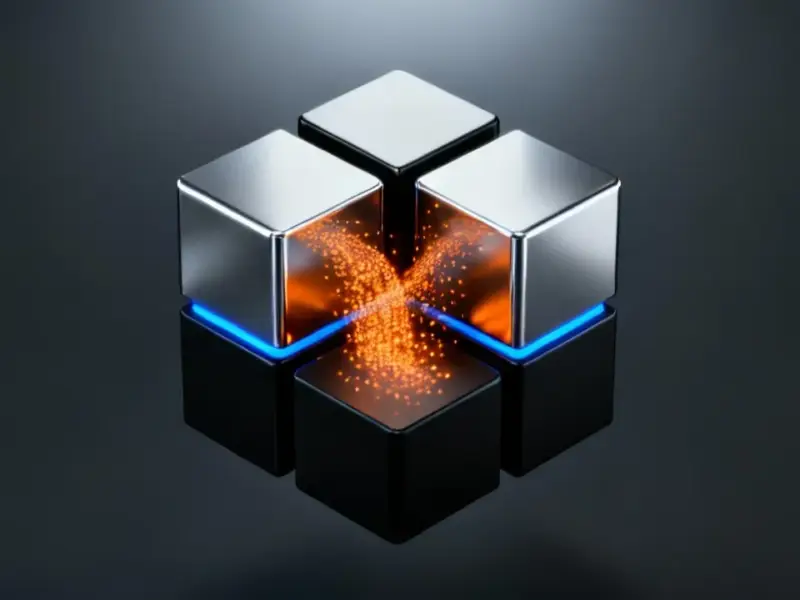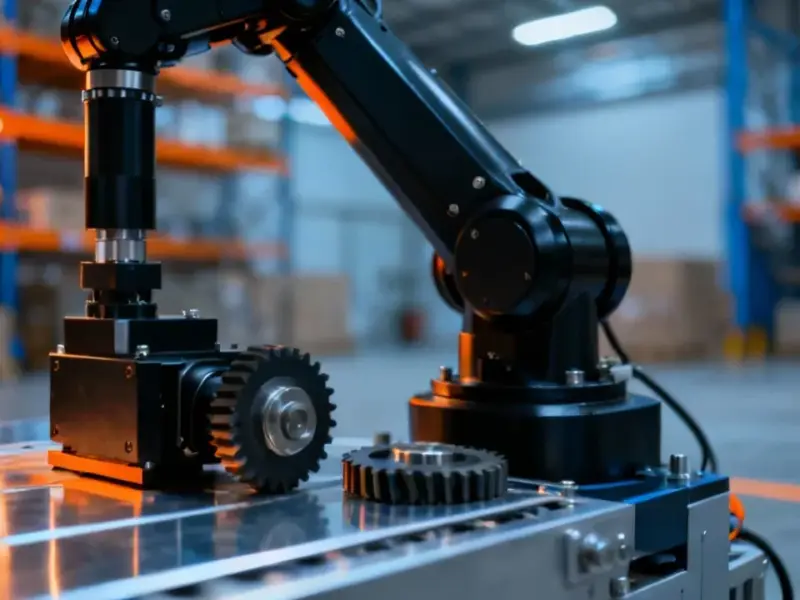According to PYMNTS.com, indirect prompt injection attacks represent a critical AI security threat where third parties hide commands in websites or emails to trick AI models into revealing unauthorized information. Anthropic’s threat intelligence head Jacob Klein revealed that his company works with external testers and uses AI tools to detect when these attacks occur, with interventions ranging from automatic triggers to human review. The report notes that 55% of chief operating officers surveyed in late 2023 said their companies had begun employing AI-based automated cybersecurity management systems, representing a threefold increase in just months. Both Google and Microsoft have addressed these threats on their company blogs, while experts caution the industry still hasn’t determined how to stop indirect prompt injection attacks completely. This security challenge emerges as AI adoption accelerates dramatically.
The Billion-Dollar Security Gap
The rapid adoption of AI systems has created a massive security gap that represents one of the most significant business opportunities in cybersecurity today. With 55% of enterprises now using AI-based security systems according to the PYMNTS Intelligence research, we’re witnessing the emergence of a multi-billion dollar market for AI security solutions. Companies like Anthropic, Google, and Microsoft are essentially building moats around their AI platforms through security investments that serve both defensive and competitive purposes. The threefold increase in adoption within months indicates we’re at the tipping point where AI security becomes non-negotiable for enterprise adoption, creating a land grab opportunity for security providers.
From Reactive to Proactive Revenue Streams
The shift from reactive to proactive security strategies highlighted in the report represents a fundamental business model transformation for cybersecurity companies. Traditional security vendors typically operated on a break-fix model, but AI security enables subscription-based, continuous protection services with recurring revenue streams. Companies that can effectively position themselves as providing “AI-native” security will command premium pricing, similar to how cloud security providers outpaced traditional firewall companies during the cloud migration wave. The integration of generative AI for real-time threat detection creates sticky enterprise relationships where switching costs increase dramatically over time.
Strategic Positioning in the AI Security Race
Anthropic’s approach of combining external testers with automated detection systems reveals a sophisticated go-to-market strategy that addresses both technical and trust concerns. By publicly discussing their security measures, they’re positioning Claude as the enterprise-safe alternative in a market increasingly concerned about AI vulnerabilities. Microsoft and Google’s decision to address these threats on their official blogs serves dual purposes: reassuring enterprise customers while establishing thought leadership in the AI security space. This public transparency becomes a competitive differentiator when large enterprises evaluate which AI platforms to standardize on for sensitive business operations.
Why This Battle Matters Now
The timing of this security push aligns perfectly with the enterprise AI adoption curve. We’re moving beyond experimental AI projects into mission-critical implementations where security failures could have catastrophic business consequences. The 55% adoption rate indicates that AI security has crossed the chasm from early adopters to the early majority, creating massive market pressure for robust solutions. Companies that fail to address these vulnerabilities risk being excluded from lucrative enterprise contracts, while those that succeed can establish dominant positions in the emerging AI security ecosystem. The economic stakes are enormous, with enterprise AI security potentially becoming a larger market than traditional cybersecurity within the next five years.
The Coming Consolidation Wave
Looking ahead, we’re likely to see significant consolidation in the AI security space as larger players acquire specialized technology and talent. The combination of rapid adoption rates and unsolved technical challenges creates perfect conditions for M&A activity. Companies with proven capabilities in detecting indirect prompt injection attacks will become acquisition targets for both traditional cybersecurity firms and AI platform providers. The market is currently fragmented between platform-native security (like Anthropic’s approach) and third-party security providers, but this distinction may blur as enterprises demand comprehensive solutions. The winners will be those who can demonstrate measurable reduction in AI-specific security risks while maintaining model performance and usability.




